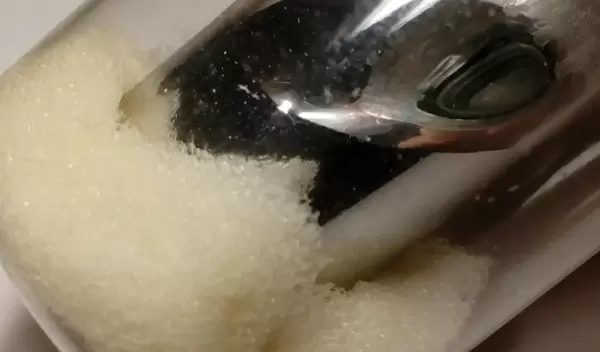
Catching up with quicksilver: MXene material can counter mercury contamination
Researchers estimate that mercury emissions in the atmosphere have quadrupled since the start of the Industrial Revolution. The heavy metal, generated by burning fossil fuels and the disposal of industrial and medical waste, has become persistent in aquatic environments. Some species of fish are so mercury-contaminated that people should avoid consuming them.
Engineers have been working to develop ways of removing mercury from water. Now, a team at Drexel University and Temple University might have found the right material to efficiently catch the evasive quicksilver — even at low levels — and clean up contaminated bodies of water.
Among many methods of removing mercury from water, adsorption — the process of chemically attracting and removing contaminants — is the most promising technology due to its relative simplicity, efficiency and low cost, according to Masoud Soroush, whose lab is developing a new adsorption technology.
"Modern adsorbents, such as resins, mesoporous silica, chalcogenides and mesoporous carbons, have higher efficiencies than traditional adsorbents, such as activated carbon, clays and zeolites that all have low affinity toward mercury and low capacities," Soroush said. "However, the problem with these materials is that their mercury-removal efficiencies are still low, and they are unable to lower mercury levels to less than one part per billion."
The researchers are successfully exploring synthesizing and using a surface-modified titanium carbide MXene for mercury removal. MXenes are a family of two-dimensional nanomaterials discovered more than a decade ago, and have demonstrated exceptional properties. The U.S. National Science Foundation-supported team reported its findings in the Journal of Hazardous Materials.


